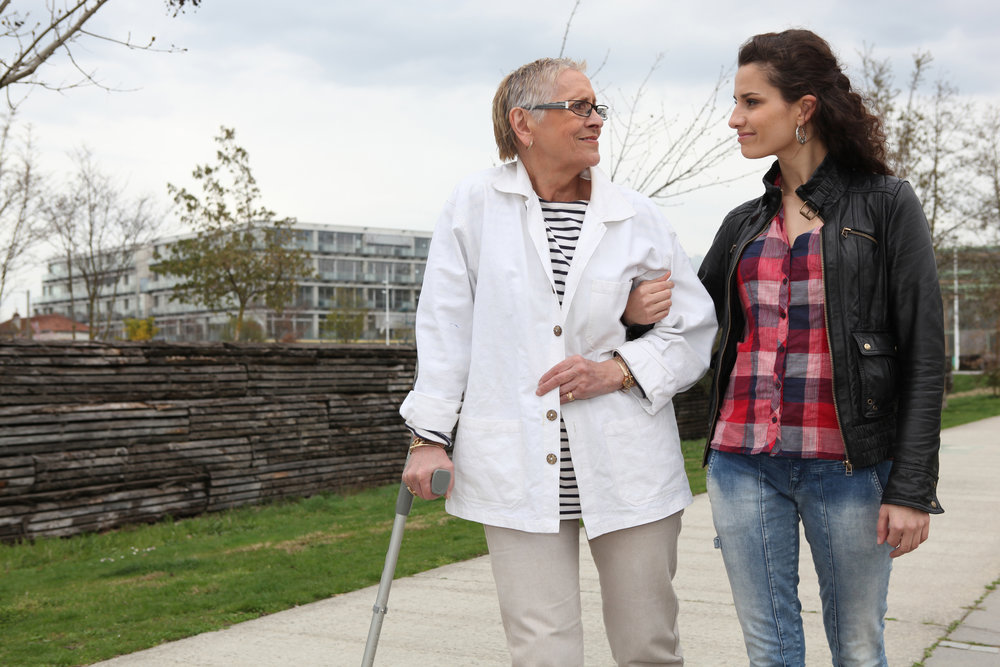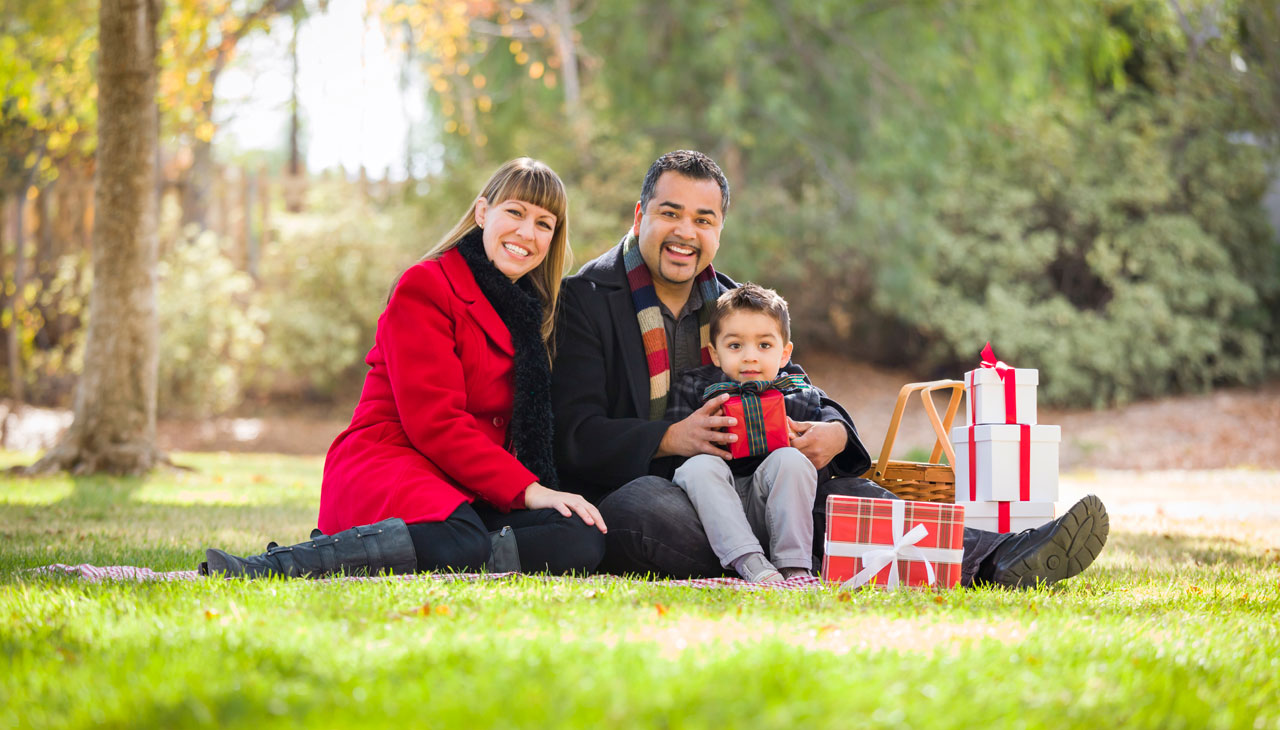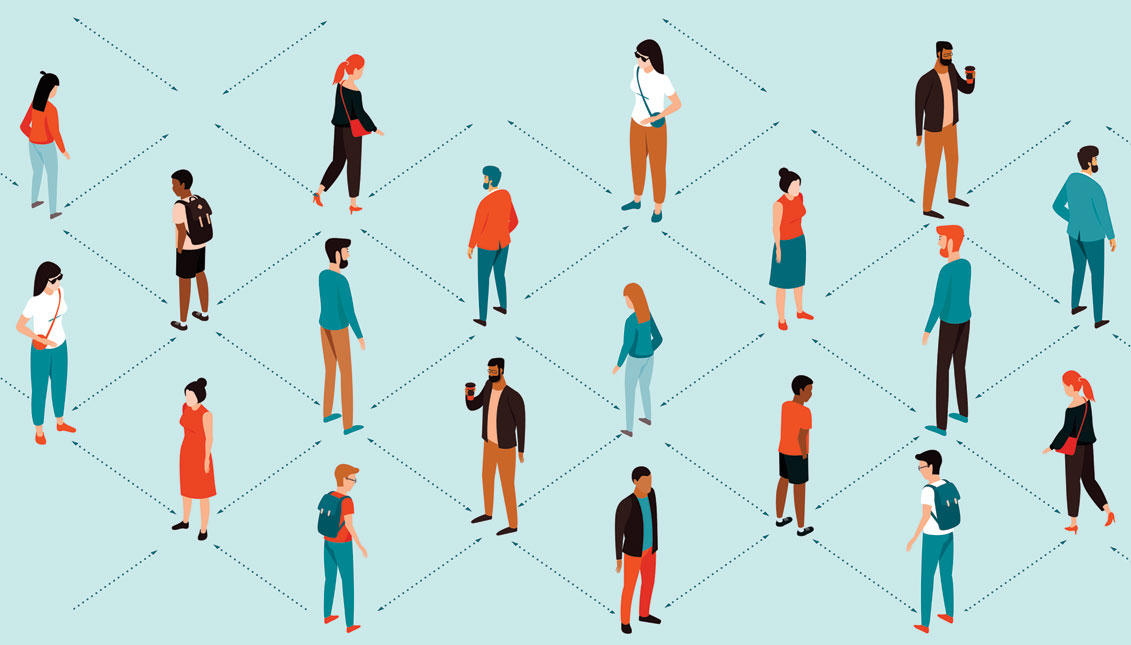
How to take care of family caregivers
Caregiving for family members and loved ones is a costly burden that falls on many individuals in the state of Pennsylvania and throughout the country. What…
Who exactly are “family caregivers”? They are the often unseen, acknowledged laborers — about 40 million people in the U.S., around 1.6 million in Pennsylvania — who ensure that their loved ones, family members, or friends get the daily, regular support that they need due to physical or mental disabilities or illness.
Family caregivers are usually the relatives, friends, or neighbors who provide assistance related to a physical or mental disability but who are unpaid for those services. A family caregiver’s responsibilities can include everything from being a chauffeur to doctor’s appointments, dispensing Rx medications and ensuring that the individual they are supporting takes the right dosage, taking care of basic needs, helping with paying bills or scheduling doctor’s appointments, and entertaining and mentally engaging a loved one.
In a myriad of ways, a caregiver is responsible for the physical, emotional, and sometimes financial support of a loved one who is unable to care for him or herself — an overwhelming job that, due to its lack of official structure, is lacking in societal support.
It’s also a job that is done on top of other responsibilities: Statistics show that six in 10 family caregivers juggle caregiving responsibilities with full- or part-time jobs. That rate is even higher among Latino caregivers: nearly 7 in 10 work an average of 36 hours per week outside the home, and 1 in 4 provide more than 40 hours of care each week.
As of 2013, 1.3 million unpaid family caregivers in PA alone provided over $19 billion in care. Across the nation, that figure jumps to $470 billion.
A recent AARP research study showed that more than 75 percent of family caregivers pay out-of-pocket costs related to caregiving. Family caregivers spend an average of $6,954 a year — nearly 20 percent of their income — on out-of-pocket costs related to caregiving. Latino and low-income family caregivers spend even more with an average of $9,022, representing 44 percent of their total income per year.
Though a typical family caregiver is a 49-year-old white woman looking after her mother, about 25 percent are millennials and nearly 40 percent of caregivers are men.
“Every day, 1.6 million Pennsylvanians perform a great labor of love by helping their parents and spouses to live independently at home,” said Grace Rustia, AARP Pennsylvania Associate State Director – Multicultural Outreach. “While family caregivers wouldn’t have it any other way, they need some support. Our goal is to listen to the needs of the community and develop strategies to provide resources and support.”
Latinos are also a group that bears a significant amount of caregiving burden. Nearly seven million Latinos in the U.S. provide unpaid care to an aging or older loved one. Many Latino family caregivers see caregiving responsibilities simply as something family members do for one another, and do not seek outside help.
The National Hispanic Council on Aging (NHCOA) in collaboration with AARP Pennsylvania, hosted the Hispanic Caregiving Thought Leaders Roundtable on Nov. 30 to provide a forum specifically focused on identifying the education and training needs of Hispanic caregivers who are caring for older adults, and to create a training curriculum for healthcare providers on the unmet health needs of diverse family caregivers.
Making sure that resources are culturally relevant is important, noted Rustia.
“Juggling work, personal and caregiving responsibilities can be highly stressful, and can sometimes lead to depression, anxiety, heart disease and financial challenges,” she said. “It’s important that Latino family caregivers have access to culturally relevant resources and support to better care for themselves and their loved ones.”
Luckily, AARP has several free, bilingual resources available online to assist family caregivers. These include:
RELATED CONTENT
- “Care guides” for first-time caregivers, long-distance caregivers, caring for someone with cancer, caring for someone with dementia, etc.
- Tips about home safety, transportation, meals, and in-home assistance
- Information on how to navigate physical and emotional health issues
- Great resources on financial and legal issues like Power of Attorney and Advanced Directives
- Ways to stay connected with other caregivers and advice on how to make time for yourself
AARP offers this support and more, encouraging Latino family to access their search tool for local resources, as well as general information about caregiving in English and Spanish.
Earlier in 2018, an AARP-backed bill was signed into law, requiring the federal government to develop a strategy to support the 40 million family caregivers. The measure — the Recognize, Assist, Include, Support and Engage (RAISE) Family Caregivers Act — directs the Department of Health and Human Services to create an advisory council charged with making recommendations on the strategy to support family caregivers.
The advisory council meetings will be open to the public and will identify recommended actions that communities, providers, government, and others may take to support family caregivers, including:
- assessment and service planning (including care transitions and coordination) involving care recipients and family caregivers
- information, education, training supports, referral, and care coordination
- respite options
- financial security and workplace issues
In 2017, AARP Pennsylvania fought for the passage of the CARE Act. The CARE (Caregiver Advise, Record, Enable) Act helps Pennsylvania family caregivers when their loved ones go into the hospital and as they transition home. The CARE Act requires hospitals to:
- Provide your loved one the opportunity to designate a family caregiver.
- Inform you when your loved one is to be discharged to another facility or back home.
- Give you an explanation and demonstration of the medical tasks you will need to perform at home.
In advancing this legislation, AARP’s Brain Health Fund is investing $60 million in the Dementia Discovery Fund (DDF), which invests in research and development of breakthrough treatments for dementia. This move reflects AARP’s ongoing commitment to helping people with dementia and family caregivers, and makes AARP the single largest investor in the DDF.
More than 6 million people in the United States suffer from various types of dementia, including Alzheimer’s disease, and those numbers are growing at an alarming rate. Based on current projections, by 2050 that number will exceed 16 million, or about 1 in 5 Americans age 65 and older.
Dementia also takes a devastating emotional, financial and physical toll on the families of those who are diagnosed with these ailments. In 2016, nearly 16 million family members and friends provided more than 18 billion hours of unpaid caregiving assistance to those with Alzheimer’s and other types of dementia.
Through initiatives like the Brain Health Fund, in addition to making more resources available to family caregivers and advancing supportive legislation, AARP hopes to improve protection and support for family caregivers statewide and throughout the country.










LEAVE A COMMENT: